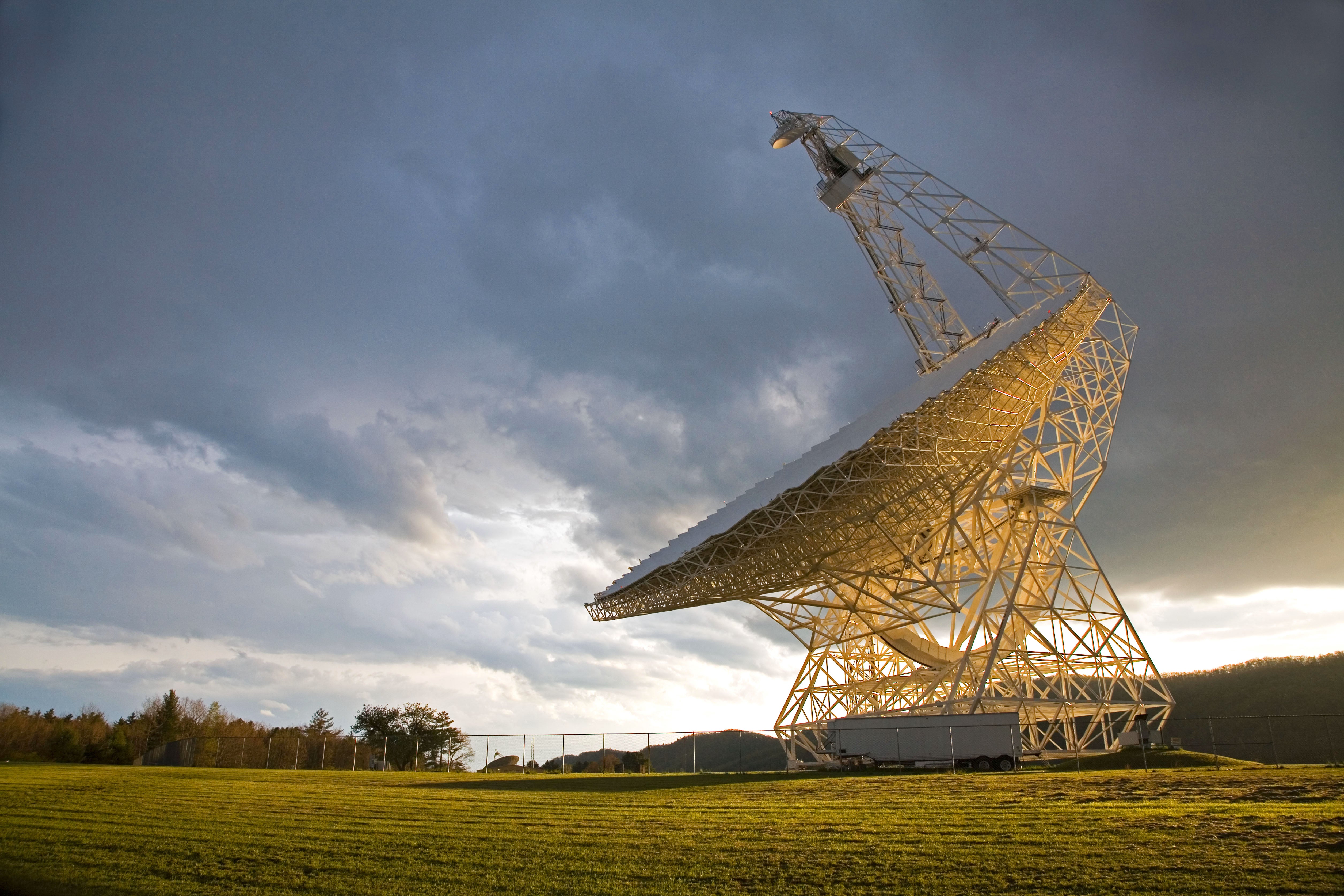
From the hills of West Virginia to the flats of rural Australia, some of the world’s largest telescopes are listening for signals from distant alien civilizations. The search for extraterrestrial intelligence, known as SETI, is an effort to find artificial-looking electromagnetic-radiation signals that might have come from a technologically advanced civilization in a far-away solar system. A study published today1 describes one of several efforts to use machine learning, a subset of artificial intelligence (AI), to help astronomers sift quickly through the reams of data such surveys yield. As AI reshapes many scientific fields, what promise does it hold for the search for life beyond Earth?
“It is a new era for SETI research that is opening up thanks to machine-learning technology,” says Franck Marchis, a planetary astronomer at the SETI Institute in Mountain View, California.
The problem of big data is relatively new for SETI. For decades, the field was constrained by having hardly any data at all. Astronomer Frank Drake pioneered SETI in 1960, when he pointed a telescope in Green Bank, West Virginia, towards two stars and listened for radio transmissions. Most of the SETI searches that followed were also limited to a small number of stars.
But in 2015, billionaire Yuri Milner funded the biggest SETI programme ever, in Berkeley, California: the Breakthrough Listen project to search one million stars for signs of intelligent life. Using telescopes in West Virginia, Australia and South Africa, the project looks for radio emissions that come from the direction of a star and that change steadily in frequency, as would happen if an alien transmitter were on a planet moving with respect to Earth.
Data blizzard
The trouble is that these searches yield a blizzard of data — including false positives produced by Earthly interference from mobile phones, GPS and other aspects of modern life.
“The biggest challenge for us in looking for SETI signals is not at this point getting the data,” says Sofia Sheikh, an astronomer at the SETI Institute. “The difficult part is differentiating signals from human or Earth technology from the kind of signals we’d be looking for from technology somewhere else out in the Galaxy.”
Going through millions of observations manually isn’t practical. A common alternative approach is to use algorithms that look for signals matching what astronomers think alien beacons could look like. But those algorithms can overlook potentially interesting signals that are slightly different from what astronomers are expecting.
Enter machine learning. Machine-learning algorithms are trained on large amounts of data and can learn to recognize features that are characteristic of Earthly interference, making them very good at filtering out the noise.
Overlooked signals
Machine learning is also good at picking up candidate extraterrestrial signals that don’t fall into conventional categories and so might have been missed by earlier methods, says Dan Werthimer, a SETI scientist at the University of California, Berkeley.
Peter Ma, a mathematician and physicist at the University of Toronto, Canada, and lead author of today’s paper, agrees. “We can’t always be anticipating what ET might send to us,” he says.
Ma and his colleagues sifted through Breakthrough Listen observations of 820 stars, made using the 100-metre Robert C. Byrd Green Bank Telescope. They built machine-learning software to analyse the data; this netted nearly three million signals of interest but discarded most as Earth-based interference. Ma then manually reviewed more than 20,000 signals and narrowed them down to 8 intriguing candidates.
The search ultimately came up empty — all eight signals disappeared when the team listened again. But the methods could be used on other data, such as a flood of observations from the MeerKAT array of 64 radio telescopes in South Africa, which Breakthrough Listen began using in December. The machine-learning algorithms could also be used on archived SETI data, says Ma, to seek signals that might previously have been overlooked.
Citizen SETI
Machine learning is also at the heart of a separate SETI effort that will launch next month. On 14 February, astronomers at the University of California, Los Angeles (UCLA), will launch a community-science project in which volunteers from the public will sort through images of radio signals and classify them as potential types of interference, to train a machine-learning algorithm to search SETI data from Green Bank.
And AI can help with other stages of the SETI process. Werthimer and his colleagues have used machine learning to come up with a ranking of stars to be observed in an ongoing SETI project that uses the world’s largest single-dish telescope, the 500-metre FAST radio telescope in China.
Still, SETI will probably continue to use a mixture of classical and machine-learning approaches to sort through data, says Jean-Luc Margot, an astronomer at UCLA. Classical algorithms remain excellent at picking up candidate signals, and machine learning is “not a panacea”, he says.
This article is reproduced with permission and was first published on January 30 2023.
